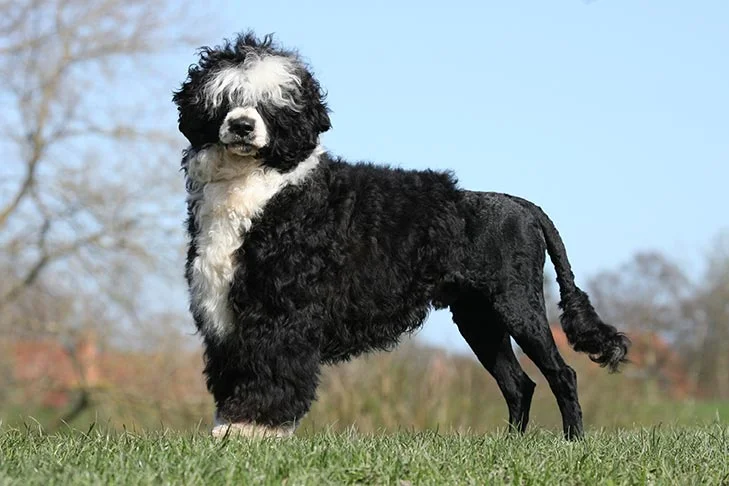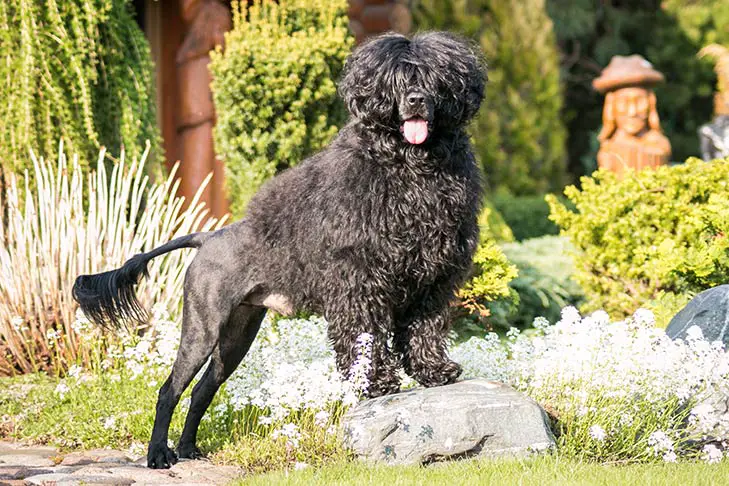The intelligent and sociable Portuguese Water Dog was bred to be a versatile assistant for fishermen. The medium-sized, strong body is coated in a tight, low-shedding coat of curls. PWDs are energetic, active pets that were created for water work.
The Portuguese Water Dog is exceptionally intelligent, ‘biddable,’ or eager to please, and exceedingly ‘biddable’. The PWD can be groomed in one of two ways: the retriever clip, where the coat is completely shaved off, leaving the tail tip at its full length; or the more check-me-out lion clip, where the coat is only on the hindquarters and the muzzle is shaved down to the skin.





 Health
Health Grooming
Grooming Exercise
Exercise Training
Training Nutrition
Nutrition